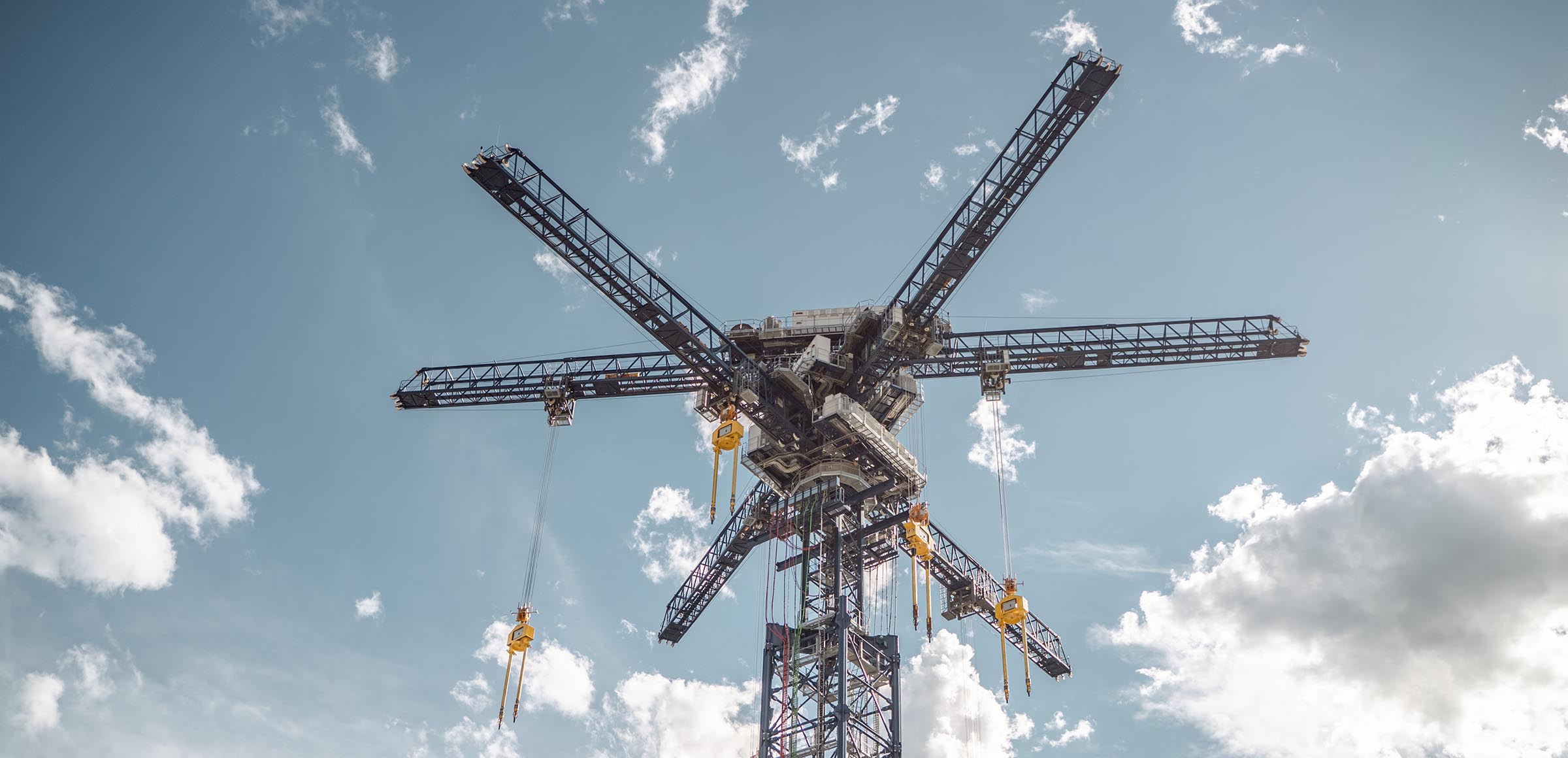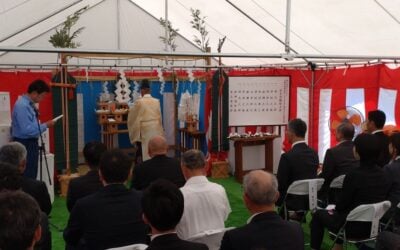
Two startups seeking to disrupt the energy sector with novel long-duration energy storage technologies have formed partnerships with established industry players.
Malta Inc, a developer of a ‘pumped-heat energy storage’ (PHES) technology which the company claims can provide large-scale energy storage for up to 200 hours, has partnered with Siemens Energy to co-develop turbomachinery components for its systems.
Enjoy 12 months of exclusive analysis
- Regular insight and analysis of the industry’s biggest developments
- In-depth interviews with the industry’s leading figures
- Annual digital subscription to the PV Tech Power journal
- Discounts on Solar Media’s portfolio of events, in-person and virtual
The Malta PHES solution uses a heat pump to convert electricity into heat, which is stored in molten salt and cold, which is stored in a chilled liquid. The temperature difference between the two then drives a heat engine which converts the thermal energy back into electricity, which can then be dispatched to the grid and used as needed. A US Department of Energy grant was made for a study currently underway with energy holding company Duke Energy to see if the PHES technology could be used to convert some of Duke Energy’s coal power plants into clean energy assets.
Enabling between 10 and 200 hours of energy storage in systems made using abundant materials like salt, air and steel, built with manufacturing and construction processes already used in other industries, Malt claims its technology can be low-cost and quickly rolled out.
As well as enabling dispatchable power to be created from any generation source, the system can be used to provide grid and power plant services like synchronous inertia, reactive power and fast-ramping. Earlier this year, Malta Inc raised US$50 million in a Series B funding round, with investors including Facebook co-founder Dustin Moskovitz, Breakthrough Energy Ventures and industrial materials group Alfa Laval taking part.
The partnership with Siemens Energy will focus on creating the heat pump and heat engine components to support a 100MW system configuration that can be made commercially available. The news follows the April announcement by Highview Power, a technology provider of proprietary liquid air energy storage (LAES) systems that it had recruited Volkswagen subsidiary MAN Energy Solutions to provide turbomachinery at the heart of a 50MW / 250MWh facility Highview is building in northern England.
As with the Malta Inc-Siemens Energy tie-up, the Highview Power recruitment of a company best known for its diesel engine technology showed that low-emissions energy solutions can be developed that lean on the knowledge and expertise gained from the legacy of the fossil fuel industry and its ranks of engineers.
New lease of life for dismantled wind farms
Wind turbines which have reached the end of their life could be recycled as components for giant gravity and kinetic energy-based long-duration storage systems built by Swiss startup Energy Vault.
Energy Vault, has developed a mechanical energy storage technology based on lifting, swinging and lowering 35-tonne concrete weights using tower-like cranes to store and release energy, somewhat resembling giant carousels. It counts Softbank Vision Fund and Saudi Aramco among its investors.
Deployable in 10MWh blocks, the systems can be configured to either 2-6 hour or 6-12 hour durations, with their operation driven by proprietary software and controls. A 5MW commercial demonstration project has already been commissioned and the company claims its non-degrading storage technology can last 30-35 years in the field, can be easily dismantled and decommissioned while coming at a much lower cost than pumped hydro storage, the existing technology on which its principles have been based.
The company has formed a partnership with Enel Green Power (EGP) to demonstrate how dismantled wind turbine blades could be shredded and then integrated into the composite material used for the weights in Energy Vault’s storage systems.
With wind turbines first installed at the start of the 21st Century starting to reach the end of their lifetime, EGP said it has been working to identify different strategies to recycle them and the turbine blades are made of a fibreglass-reinforced composite material that makes them tricky to recycle.
EGP said in a press release that in addition to feasibility studies on creating a circular economy around wind turbines and energy storage, the partnership with Energy Vault extends to studying how the pair could create a 30-storey high system called EVx. EGP’s innovation lead for energy storage and hybrid systems Pasquale Salza said that a feasibility study is underway to create an EVx commercial plant “with an energy capacity in the order of a few dozen megawatt-hours”.
“If everything goes well, by the end of this year we may be able to conclude the feasibility study with a positive outcome for the construction of the EVx plant,” Salza said.
“Our technology-enabled solutions were created for this exact purpose – to allow clean energy companies to be 100% sustainable, and to overcome the final hurdle in the journey towards a fully circular economic approach,” CEO and co-founder of Energy Vault, Robert Piconi, said.






